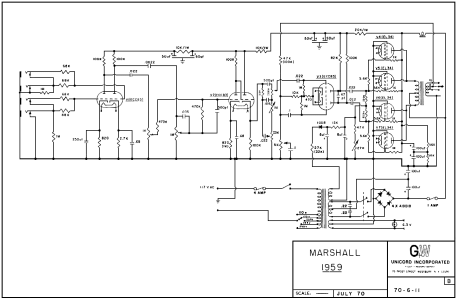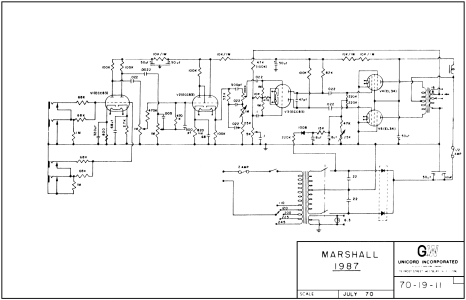MirrorProfiles
Rock Star
- Messages
- 4,914
very different. I usually set my BE up to get somewhat close because I'm just used to the 2203/2204 sound - C45 on, presence and treble quite high, modern voicing, highest gain structure and BE channel. The brighter settings overcome the smoother Friedman feel, but they still feel like very different amps. Higher gain modes on BE let you have the gain control lower for more bright cap in the circuit.@MirrorProfiles, what's your general impression between your BE and your 2204?
Friedman designed the BE to be like the ultimate Plexi - you can do those fat saturated tones at any volume, a good fx loop, with channel switching and classic circuit mods. By comparison a 2204 is wild, unruly, one channel, a master volume that is instantly loud, no fx loop. I actually think a lot of the mods are there to make it sound great at bedroom/music store volumes
I don’t think the BE is trying to be an 800, it’s a scrubbed up Jose style Plexi that gives you modern conveniences to make it a more useful amp than a non-MV 1959. Cranked plexi sound and feel at any volume, with some polish to make it sound a bit more refined and studio ready. I think I posted a video somewhere in this thread of a (boosted) 2203 vs Friedman BE100. They're both Marshall's but not the same thing at all.
JEL circuit is much more like an 800 (and would be an excellent addition to Helix’s amp list imo). Dirty Shirley is also very much a JCM800 preamp (with different filter nodes powering the preamp) and JTM45 power amp. Excellent circuit.
EDIT: I should add that Line 6 REALLY nailed the BE100 model, its basically the benchmark to judge all their other models accuracy from IMO.
Last edited:




